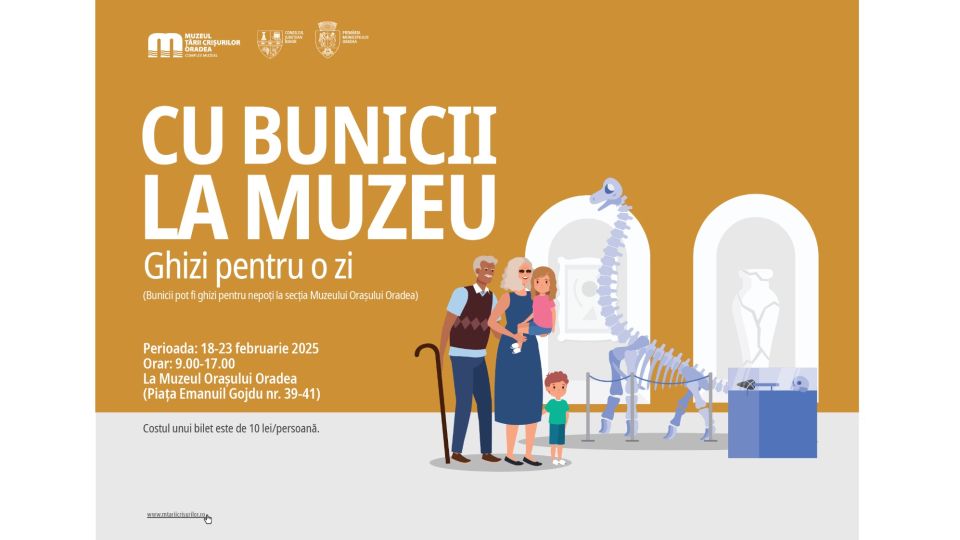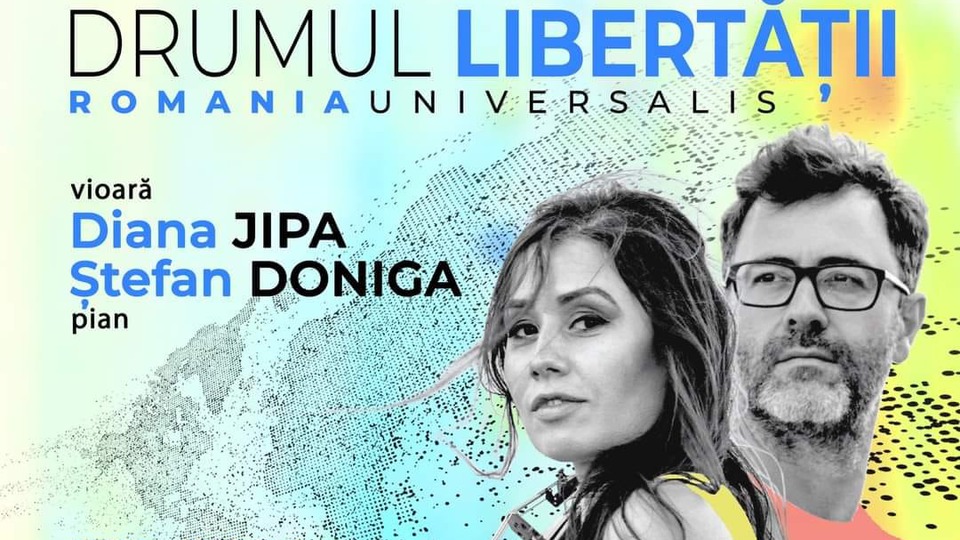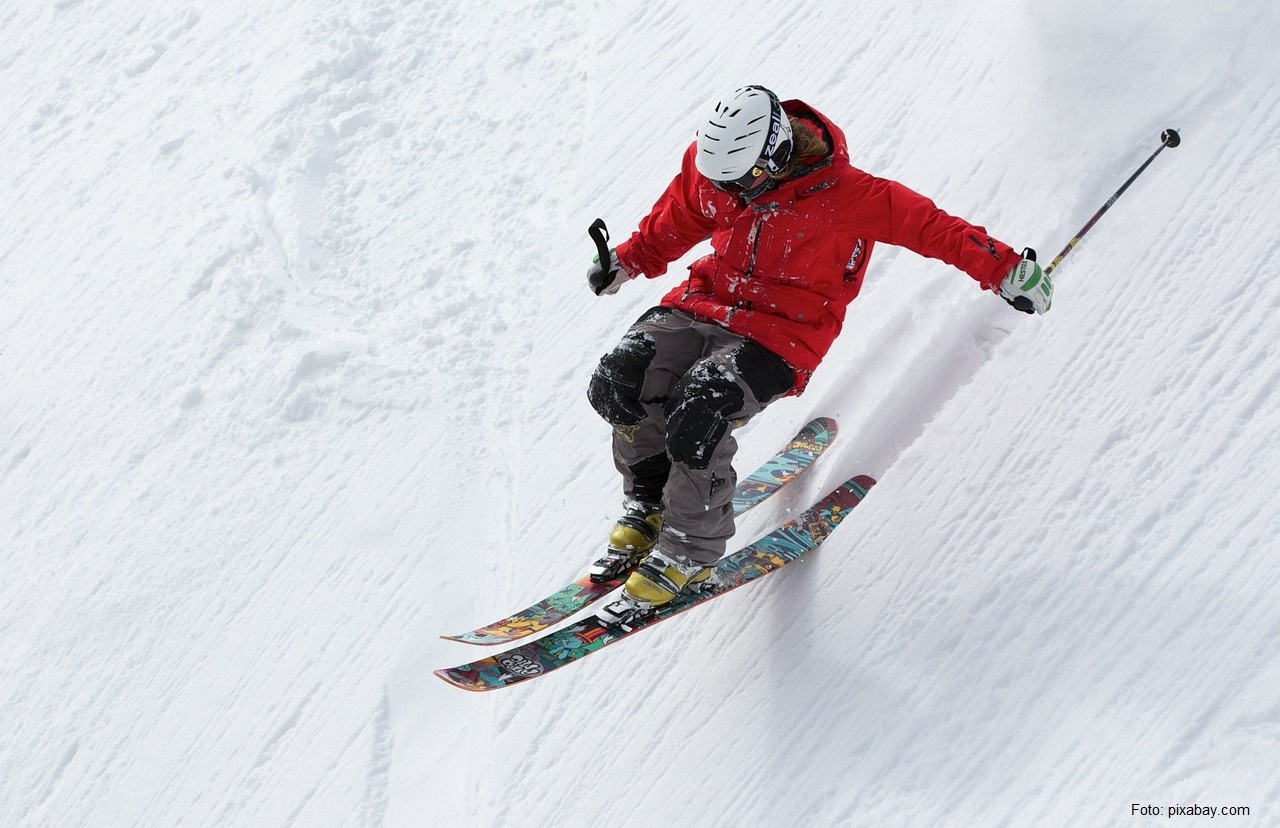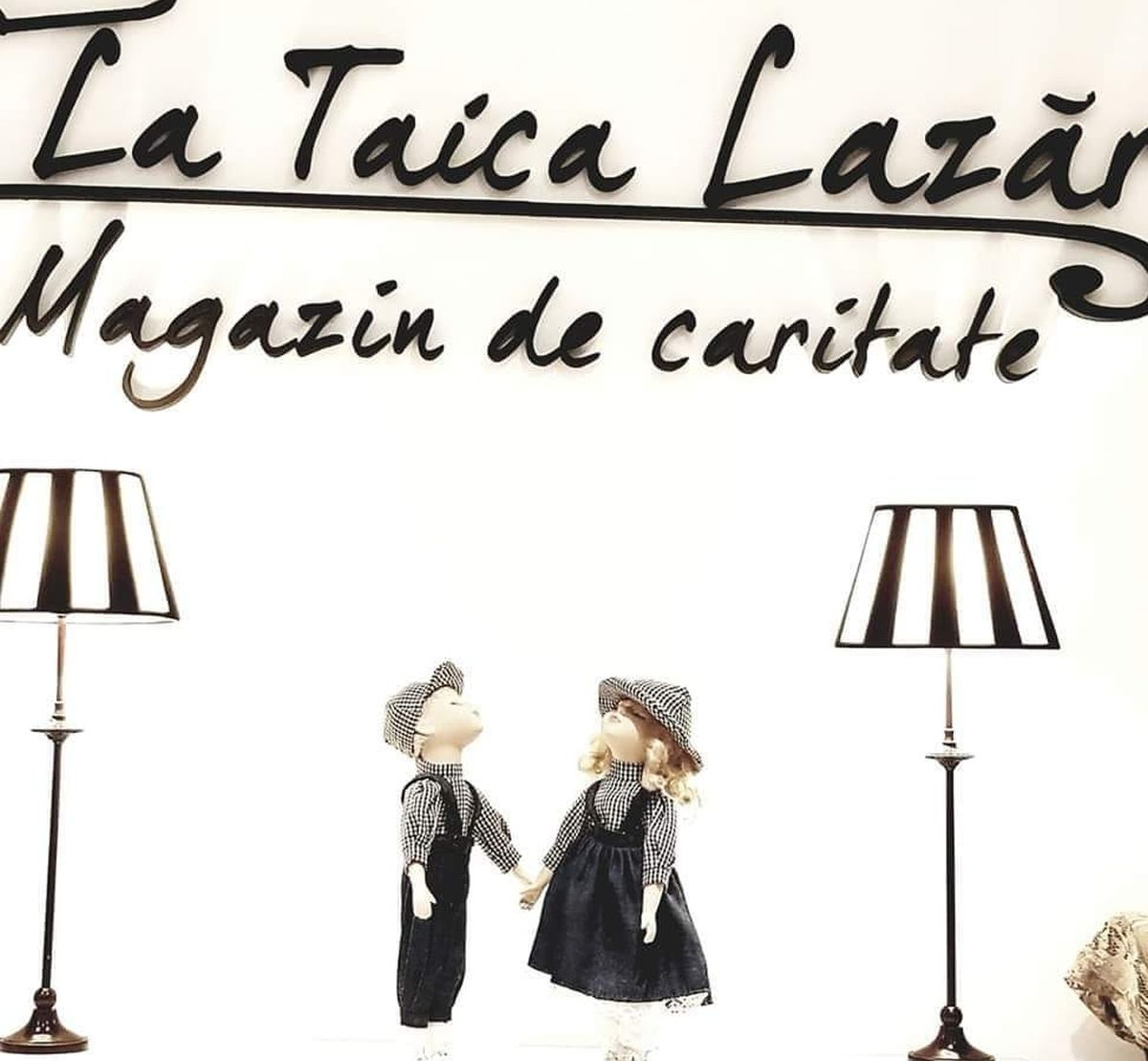The Traveling Piano
Today we bring you the story of a unique project, aimed at encouraging the organization of top-class musical events in Romania.
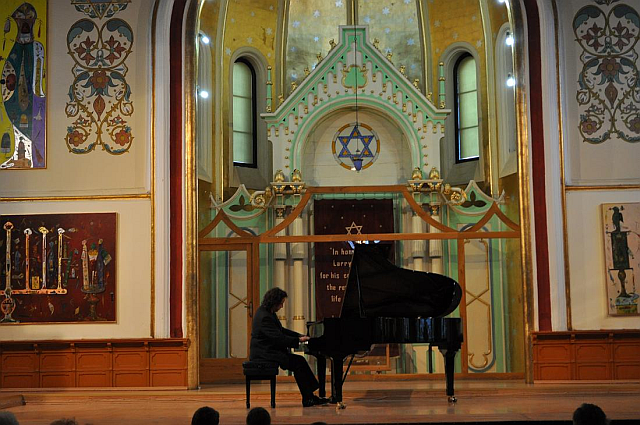
Ana-Maria Cononovici, 08.05.2016, 12:13
Now on its sixth
tour, the Traveling Piano, offered by Radio Romania, as well as the pianist who
is the main character of the story, have unveiled their secrets. We asked
pianist Horia Mihail what the circumstances were that prompted him to join the
project.
The story goes like this: six years ago I
discovered in the basement of Radio Romania two concert pianos that were used
back in the ’50s and ’60s in concerts at the Radio Hall. So, I went to the
management and said the pianos should be brought back to life, to help those
cultural establishments where there were no pianos for them to use.
Unfortunately, the cultural infrastructure is quite scarce in Romania. The idea
was received with open arms by the public radio broadcaster, and here we are
now, at the sixth edition of this project. There are four traveling
instruments, and these pianos travel with me to various places where there are
no concert pianos, to bring to life masterpieces composed by Franz Liszt,
Mozart, Beethoven and, this year, Chopin. These pianos stay for a while in
those concert halls, and they are used for various musical events, to the
delight of the audiences there.
In six years of
traveling, Horia Mihail has played Beethoven and Mozart, as well as Brahms,
Liszt, Schumann and Rachmaninov in 2015. This year, the traveling piano is giving
life to Romantic pieces by Chopin.
Where has the
Traveling Piano taken Horia Mihail so far?
So far Sannicolau Mare, Romania’s
westernmost city, in Timis County, has hosted the traveling piano, as well as
Medias in Sibiu County. At present another three cities, Roman, Tulcea and Deva
have also been included in the circuit. Our fourth traveling piano will reach
Alba Iulia, where I will also be for a short period of time. The idea was to take
the high-profile events held in large cities such as Bucharest, Cluj or
Timisoara to smaller cities as well, to places with a less vibrant cultural
life. Cities like Tulcea, Roman, Deva and soon Alba Iulia, are already on the
map of major musical events in Romania.
The project is
devoted to a different composer every year. Brahms combines strictness with
freedom of expression and an innovative rhythmic structure. Liszt, in its
expansionist approach to the keyboard, is always in search of new spaces, each
of his works looking to grasp the full absorbing power of the piano, seen as a
genuine microcosm. Schumann’s works, on the other hand, are more passionate,
poetic and inward-looking, seeking to reveal the true and secret nature of
things through music, making him the most iconic representative of Romanticism
in music. Rachmaninov, with his singular style and unmistakable melodic
innovation, marked by tumultuous and painful lyrical undertones, saw music as
the direct result of a troubled, anxious and introvert mind.
We asked Horia
Mihail why he chose Chopin for this year:
It was
simply a decision I made on the spur of the moment. It is brilliant music, and
Chopin’s music is well known and easily recognized everywhere in the world. It
is pure and sincere music. Pure art. A kind of rhetoric that goes straight to
the hearts of the listeners.
The 6th
edition of the Traveling Piano tour takes place between March 24 and May 21,
2016, in 19 cities in Romania and in Chisinau. The route can be followed at www.pianulcalator.ro or in the shows of
the national radio broadcaster. Here is pianist Horia Mihail again, with
details on the places where he has taken the traveling piano and the
forthcoming concerts:
We started
from Chisinau, in the Republic of Moldova, and then followed a route that took
us to Roman. Then I performed in Iasi, in Barlad, and went south to Tulcea and
Galati. Then came the two concerts in Bucharest, a recital and a concert
jointly with the National Radio Orchestra. From here we traveled to Sibiu,
Deva, my home town Brasov, Pitesti and Busteni. The tour continues after Easter
with a fourth traveling piano in Caracal, then we go to l, Drobeta Turnu
Severin, Turda, and Alba Iulia. The tour ends with two concerts, one in Cluj
Napoca and one in Oradea, and a recital in Dumbraveni, Sibiu County.
Horia Mihail’s virtuosity has been rewarded by the
public with standing ovations, and the traveling piano will carry on its
journey for as long as culture loving people continue to support the project.

